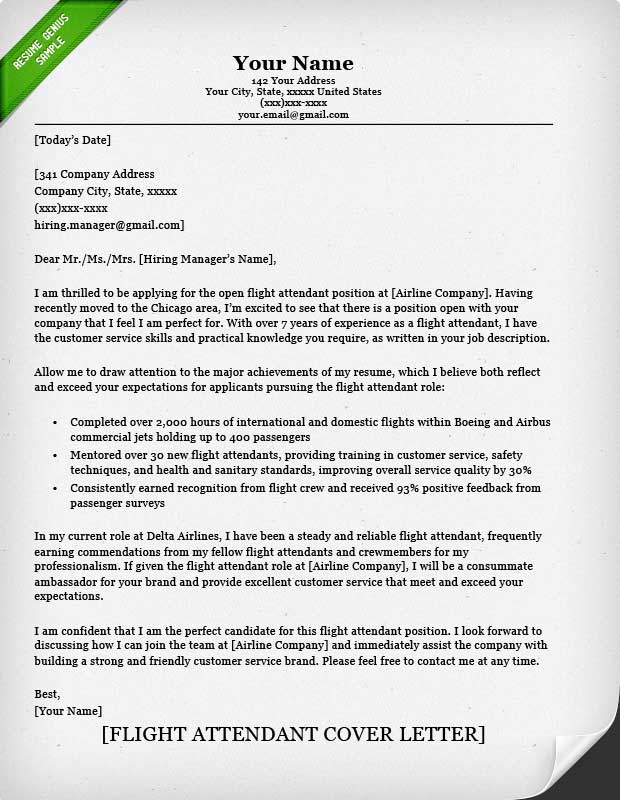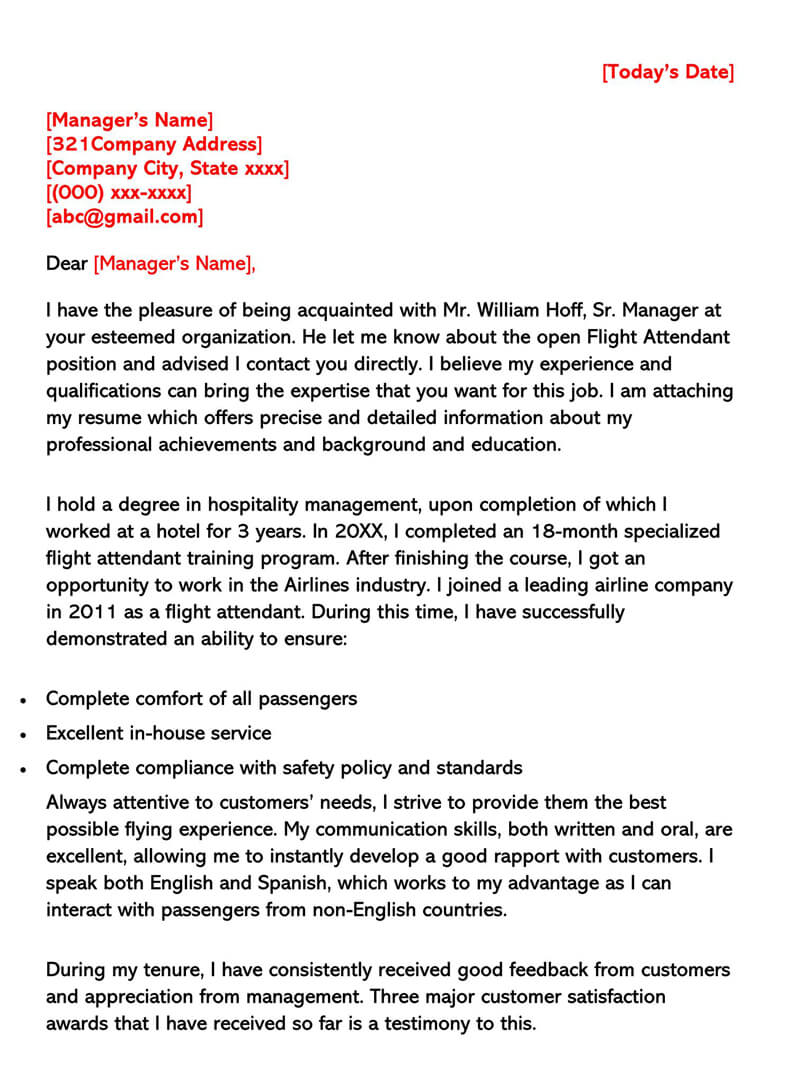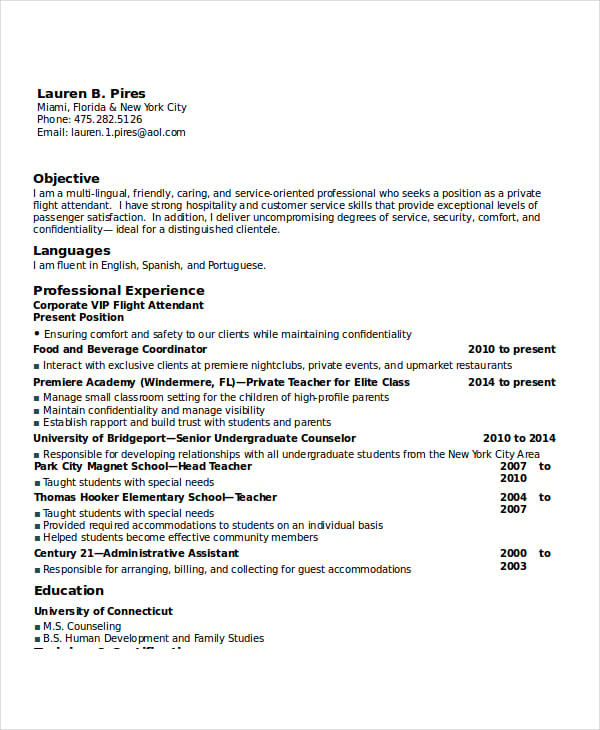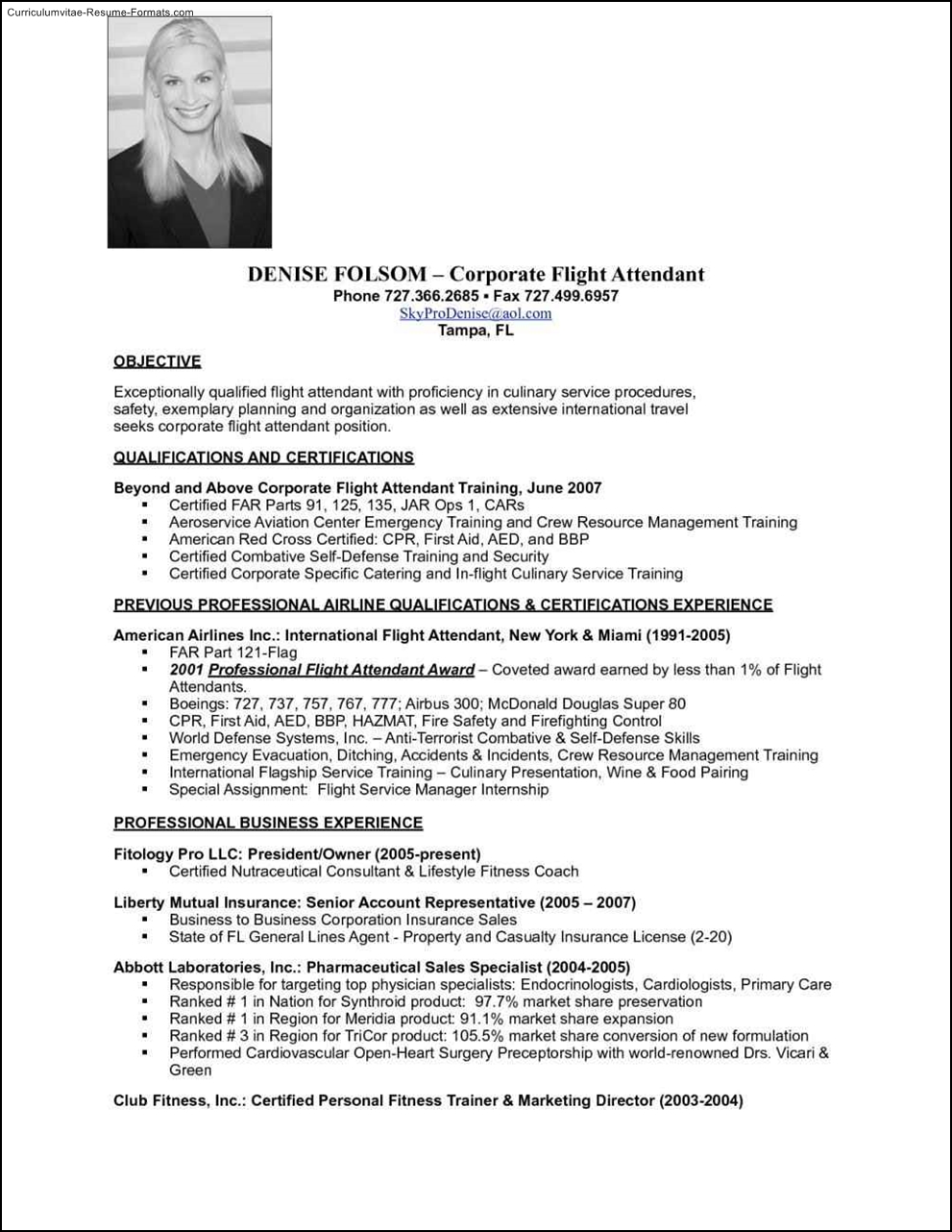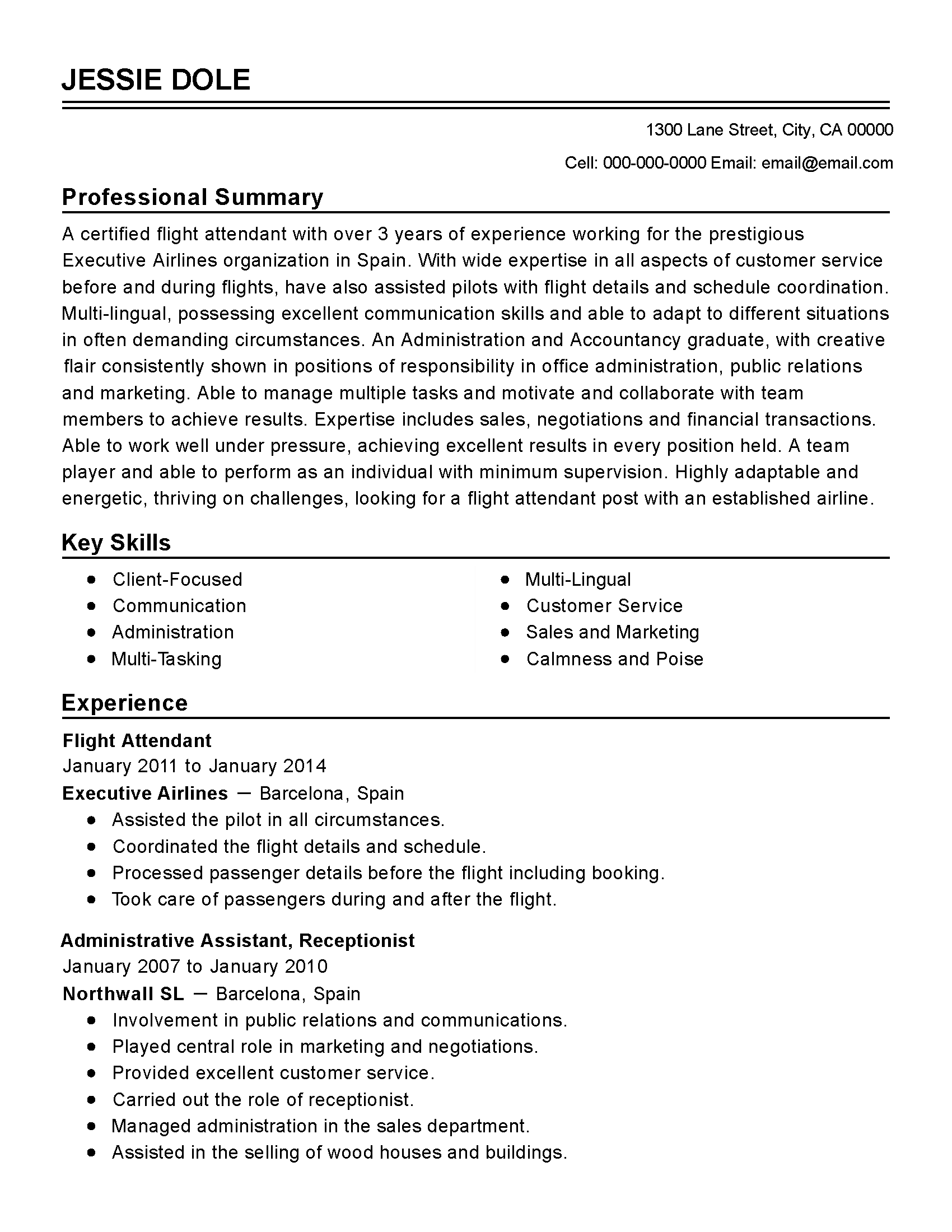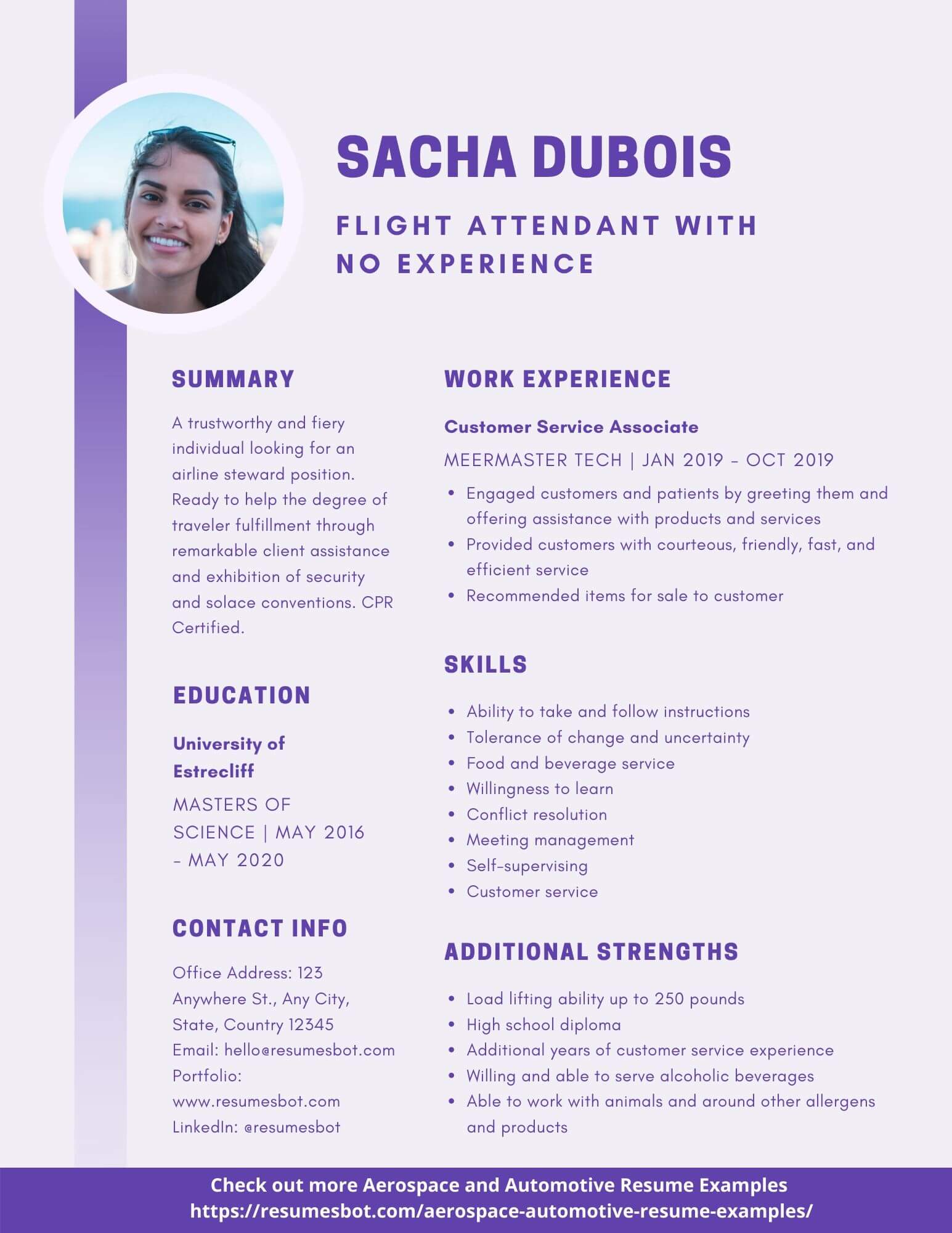Airplane Mode
HOW TO GET HIRED AS A FLIGHT ATTENDANT.
Monday, September 1, 2025
Now in Print!!
Saturday, August 2, 2025
The STAR Method
✈️ Nail Your Flight Attendant Interview with the STAR Method
Mastering the STAR Method for Flight Attendant Interviews
If you’re preparing for a flight attendant interview, chances are you’ll face behavioral interview questions—the kind that start with “Tell me about a time when…” These questions help airlines understand how you’ve handled real-life situations in the past, especially when it comes to customer service, teamwork, and problem-solving.
To answer these questions effectively, the airline industry relies on a tried-and-true formula called the STAR method. And if you want to stand out, you’ll need to master it.
What Is the STAR Method?
STAR stands for:
- S = Situation – Set the scene. What was going on?
- T = Task – What was your role or responsibility?
- A = Action – What specific steps did you take?
- R = Result – What was the outcome, and what did you learn?
This method helps you tell a clear, structured story that showcases your skills and professionalism. Airline recruiters love it because it shows how you think on your feet, manage stress, and interact with others—all crucial traits for a successful flight attendant.
How to Prepare STAR Answers for Your Interview
Preparing for STAR doesn’t mean memorizing a script. It means reflecting on your past and identifying moments that highlight your strengths. Here’s how to get ready:
- Study the job posting – Identify qualities airlines are looking for: safety-focused, team player, excellent customer service, calm under pressure.
- Think of relevant experiences – You can use examples from retail, hospitality, school, or volunteer work. It doesn’t have to be airline-specific.
- Write out your STAR stories – Make sure each one has a beginning, middle, and end using the STAR framework.
- Practice saying them out loud – This will help you sound natural and confident during your interview.
- Focus on your actions – Use “I” statements and highlight what you did to solve the problem or help the situation.
Example STAR Answer
Question: Tell me about a time you had to deal with a difficult customer.
S: I was working as a server during the busy holiday season at a restaurant.
T: A customer became upset because their food was delayed and started raising their voice.
A: I stayed calm, sincerely apologized, offered them a complimentary drink, and checked in with the kitchen to prioritize their order.
R: The customer calmed down, thanked me for handling the situation professionally, and even left a generous tip. I learned the value of empathy and staying solution-focused under pressure.
Final Thoughts
The STAR method is your secret weapon for flight attendant interviews. With just a little preparation, you can walk into the interview ready to impress with clear, confident answers that show exactly why you’re right for the skies.
Now go polish those stories—and get ready to soar. ✈️
Thursday, May 22, 2025
Top 10 Flight Attendant Interview Questions
Top 10 Flight Attendant Interview Questions—and How to Answer Them
Dreaming of working at 35,000 feet? The flight attendant
interview is your runway to the skies. Whether you’re applying to a major
airline or a regional carrier, preparing for the interview is crucial. Airlines
are looking for polished, adaptable, service-oriented individuals, and these
common questions help them find the right fit.
1. Why do you want to be a flight attendant?
What they’re looking for: Passion, understanding of the
role, and a customer service mindset.
Sample answer: “I’ve always loved travel and helping people.
Being a flight attendant allows me to combine both while representing an
airline’s values in the air and on the ground.”
2. What do you know about our airline?
What they’re looking for: That you’ve done your homework.
Tip: Mention the airline’s history, recent achievements,
fleet size, or customer service awards.
3. Describe a time you dealt with a demanding customer.
What they’re looking for: Grace under pressure and
problem-solving.
Use the STAR method: Situation, Task, Action, Result.
4. How would you handle an emergency situation on board?
What they’re looking for: Calm, logical thinking, and basic
safety awareness.
Tip: You don’t need technical training—just focus on staying
calm, listening to instructions, and putting passenger safety first.
5. What does excellent customer service mean to you?
What they’re looking for: A clear understanding of service
excellence.
Sample answer: “It means anticipating needs, treating
passengers with respect, and going the extra mile to create a positive
experience.”
6. How do you feel about working irregular hours, weekends,
and holidays?
What they’re looking for: Flexibility and understanding of
the lifestyle.
Tip: Be honest, but positive. Show you’ve thought it through
and are ready for it.
7. How would you handle a conflict with a fellow crew
member?
What they’re looking for: Maturity, teamwork, and
communication skills.
Sample response: “I’d address it respectfully and privately,
focusing on solving the issue without affecting service or morale.”
8. What languages do you speak?
What they’re looking for: Communication skills and added
value for international flights.
Tip: If you’re fluent or conversational in any language, say
so. It’s a big plus!
9. What makes you a great candidate for this job?
What they’re looking for: Confidence and alignment with
their values.
Sample answer: “My background in customer service, passion
for travel, and calm nature under pressure make me a strong fit for your team.”
10. Do you have any questions for us?
What they’re looking for: Curiosity and engagement.
Good questions to ask:
“How would you describe the company culture?”
“What
qualities do your top-performing flight attendants share?”
“What does the training process look like?”
Final Tips for Success
Dress professionally—think neutral colors and
polished grooming.
Smile and make eye contact.
Practice your answers out loud, ideally in front of a
mirror or with a friend.
Be yourself—authenticity matters!
Good luck—you’ve got this! ✈️
Wednesday, January 25, 2023
Applying
So You Want to Be a Flight Attendant? Here's How to Get Started
Whether becoming a flight attendant has been a lifelong dream or a new adventure you're ready to explore, you may be wondering where to begin. Below, you'll find links to each US airline's application process. However, before you start clicking and applying, there are a few essential things to consider.
Start with a Passport
Make sure you have a valid passport. If yours is expired, about to expire, or you've never had one, apply as soon as possible—it can take time to process. While some airlines will allow you to interview if your passport is in progress, others require a valid passport at the time of application. Whatever the case, be honest on your application. If the airline requires a valid passport, wait until yours is ready before applying. Click here for info on getting or renewing your US Passport:
What You Do and Don't Need
You don't need a college degree to become a flight attendant, though some customer service experience is helpful. You don't need medical training either—airlines will teach you CPR, first aid, and how to use an AED during training. And while speaking a foreign language can be an advantage, it's by no means required.
There's also no need to spend money on flight attendant "schools." Most of them don't provide any real advantage, and everything you need to know will be taught by your airline during training.
Age Isn't a Limitation
One of the biggest myths about flight attendant life is that it's only for the young. Not true! While you do need to meet the minimum age requirement—usually 20 or 21, depending on the airline—there's no upper age limit. If you're under the required age, just be patient. That birthday will come sooner than you think.
Changing Industry Standards
Years ago, flight attendant requirements were much stricter—limited to young, single women, often with appearance-based restrictions. Thankfully, that's no longer the case with US carriers. As long as you can buckle into a jumpseat and reach the overhead bins (some smaller aircraft may have height restrictions), you're eligible to apply.
Tattoos? Many airlines have relaxed their policies and now allow visible tattoos, although some still require them to be covered while on duty. Be sure to check the specific guidelines for each airline.
The Time to Apply Is Now
There is currently a high demand for flight attendants, making this an ideal time to start your career. Below is a list of US airlines in alphabetical order, along with direct links to their application pages. I'll soon be adding international and non-Canadian carriers as well.
Saturday, December 31, 2022
Resume and cover letter
Putting together a killer resume and stand out cover letter is the key to getting your foot in the door with becoming a flight attendant. You need to get it noticed in order to be invited for an initial screening (video or phone interview).
Your cover letter is important. If you're like me, you don't feel comfortable bragging or boasting about yourself. But in your cover letter, this is exactly what you need to do. Each letter you send out should be personalized with the exact airline you are applying to, so my advice is to do them one at a time and make sure you have the correct one attached.
A flight attendant job is highly customer serviced based so, unless you have prior flight attendant experience, which would be highlighted first, speak of this experience and how highly skilled you are at it. You don't need to list the experience here as your resume will do that. Any safety related experience or training you have should also be mentioned. If you trained as an EMT, for example, or maybe worked as a life guard, highlight that in your letter as well.
Do you speak another language other than English? Mention it here in your cover letter.
Before applying, do a little homework on each airline you want to apply to. Learn as much as you can and try to incorporate specific information into your cover letter. Some airlines have certain values they would like to see highlighted. Soon I will provide some detailed information on specific U.S. based airlines that can help with this. But for now try researching online. There are some keywords you should consider including in your cover letter: team player, reliable, caring, efficient, competent, adaptable, problem solver, responsible.
Here are some other great sources for putting together both an attention grabbing cover letter and a winning resume is:
Your resume should only be one page long. I know you may feel like you don't want to leave anything critical out, but only list the last ten years of experience and focus on experience related to the flight attendant position. In other words: customer service and medical related. If you follow one of the formats above that should guide you sufficiently. But don't be afraid to get another pair of eyes on your resume. If you message me with your resume, I'll be happy to look at it and offer some advice. If you have any friends, relations or acquaintances in the airline business, maybe ask them to take a look at yours if you feel comfortable. This is going to be your first step towards getting that foot in the door so take the time and get the resume and cover letter perfected.
Once you do apply and attach your resume and cover letter, most airlines application systems will parse your resume and prefill in some fields. Make sure after you're done you go through the application with a fine tooth comb and assure that everything is correct. Look for spelling errors and that dates are correct. The parse process is not always precise. Also ensure that you are not referring to another airline you've applied to. For example: if you're applying at JetBlue don't leave references to Southwest or United.
When you've finished don't forget to hit SUBMIT. It seems so simple but it can be easy to think you're done and exit out. You may or may not get an email confirmation. Make sure you take your phone off Do Not Disturb and allow calls from unknown callers. Check your email often. You could get a phone call or an email. If you're able to take the call when it comes through, please do. Sometimes it can take a while to get through when you call back, But it may be unavoidable at times. Try and return the call as soon as you're able to.
You could get an invitation to fill out a questionnaire or even take a test. Don't stress over it but be looking for this in your email. If you get a lot of spam email you may want to highlight email from the airlines you've applied at so they don't fall through the cracks with your unread spam. Answer any prescreening questions honestly and authentically. Don't overthink it. Avoid distractions if it's a test. Those tests are mainly to make sure you have a certain level of intelligence and I know you do because you're researching getting hired here! So go to a quiet room or place and take your time with it.
In a following post I'll have tips for your screening interview if you get the invite. You may have a live phone screen or be sent an invitation to a video interview. You want to nail it. So check back for the tips and helpful information coming soon in following posts.
Friday, December 30, 2022
Video and Phone Interview
Now in Print!!
Now in Print! Have you been considering a career as a flight attendant? This blog will provide you with the essential information you need...

-
So You Want to Be a Flight Attendant? Here's How to Get Started Whether becoming a flight attendant has been a lifelong dream or a new ...
-
Putting together a killer resume and stand out cover letter is the key to getting your foot in the door with becoming a flight attendant. ...
-
When you've been selected to move on in the application process, you will probably first be invited to a phone screening and/or a video ...





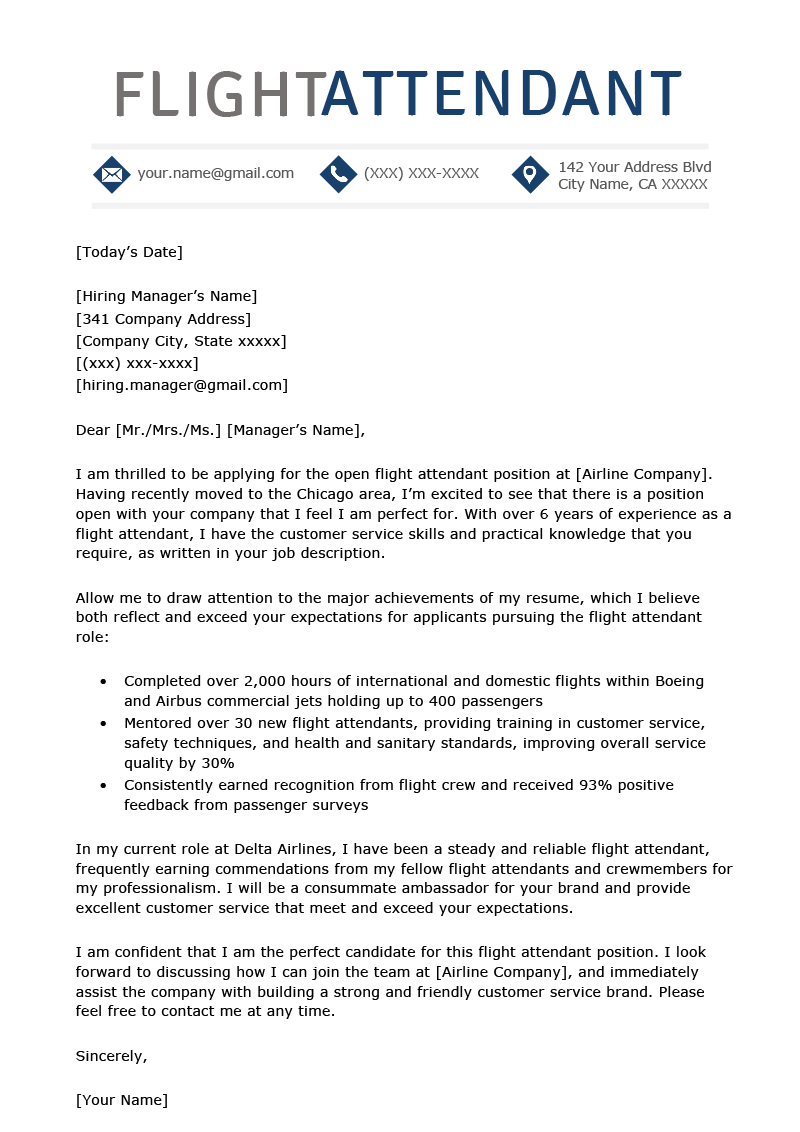
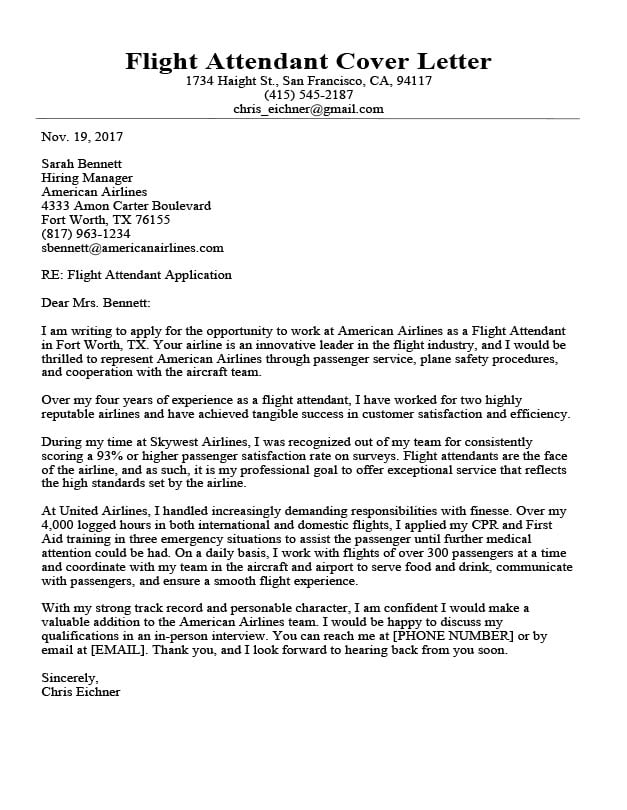
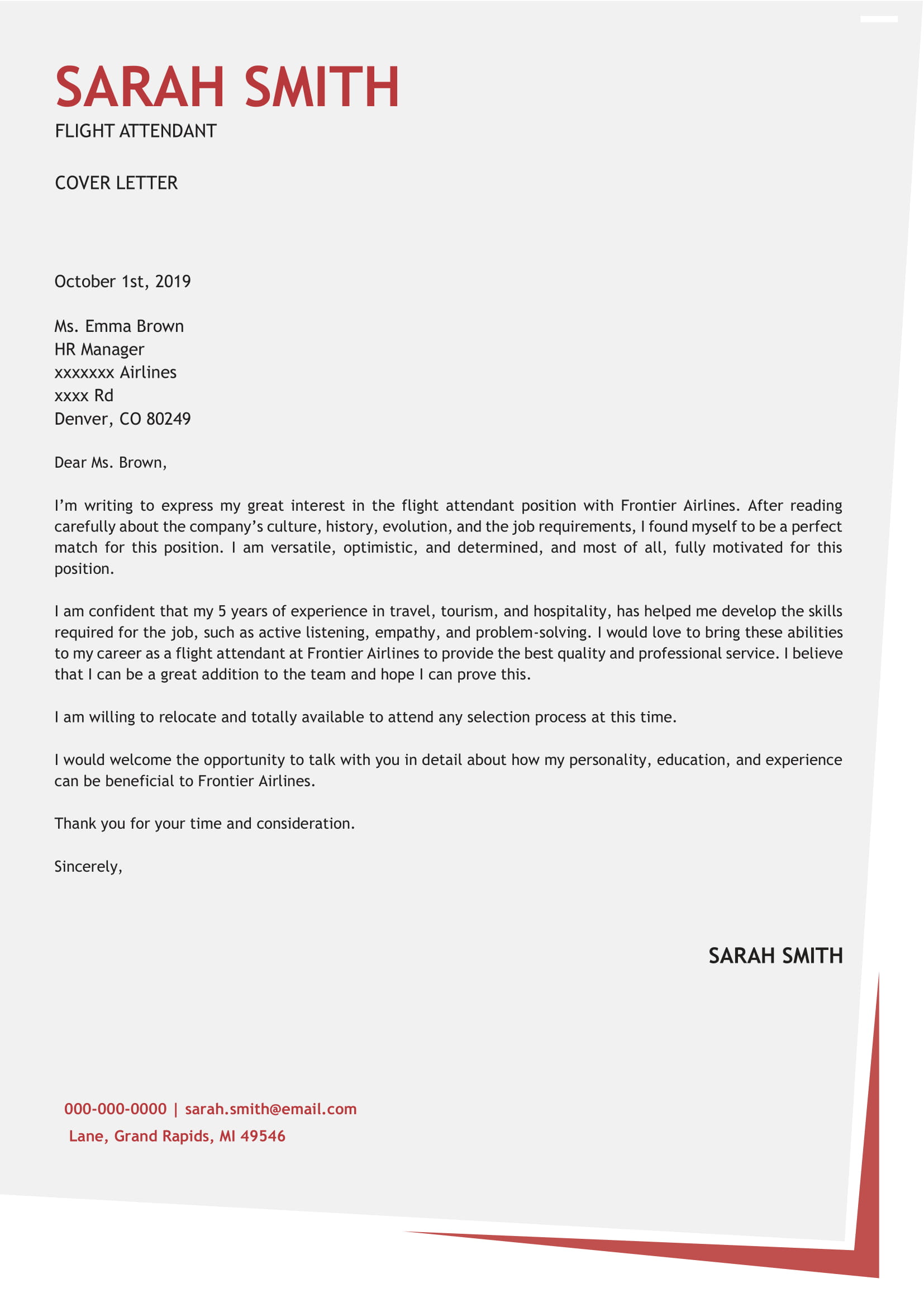
:max_bytes(150000):strip_icc()/2060130v1-5bb4c16ac9e77c0026393e78.png)
